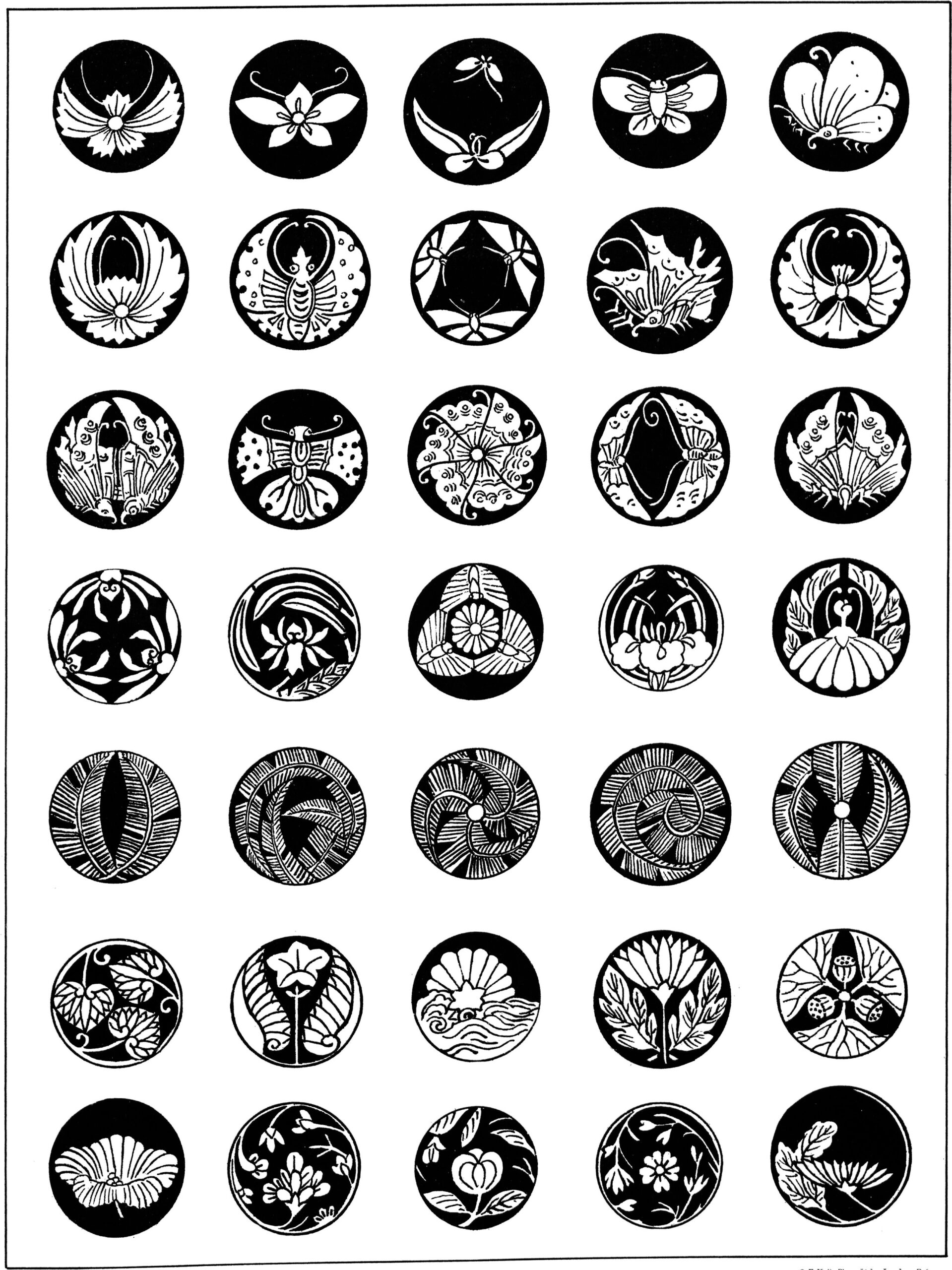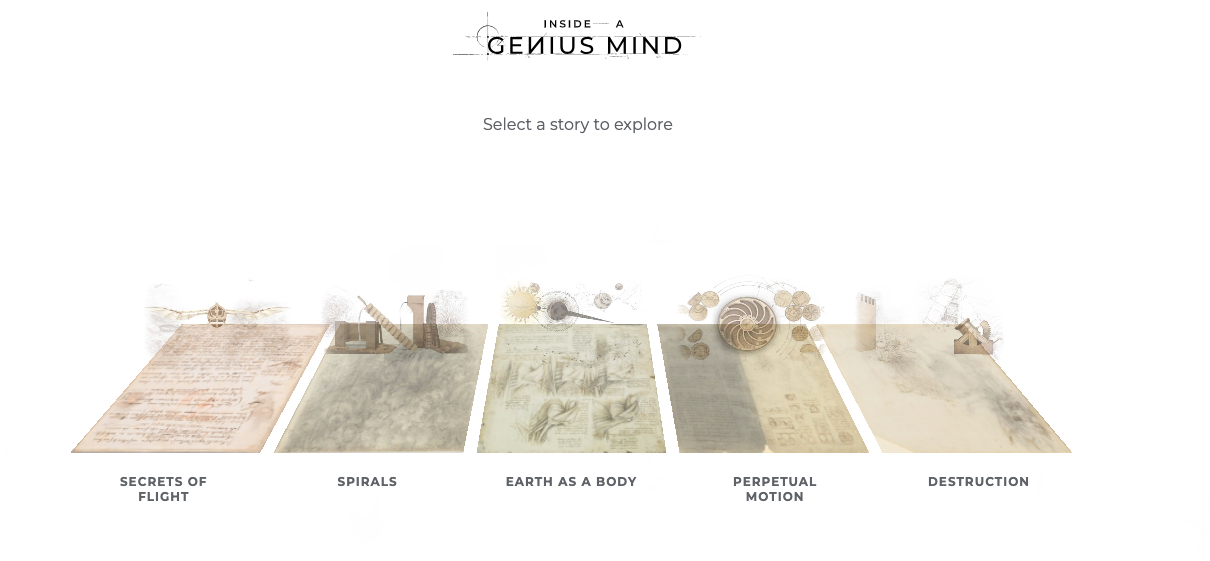Hand binding a book, using primarily 15-century methods and materials sounds like a major undertaking, rife with pitfalls and frustration.
A far more relaxing activity is watching Four Keys Book Arts’ wordless, 24-minute highlights reel of self-taught bookbinder Dennis tackling that same assignment, above. (Bonus — it’s a guaranteed treat for those prone to autonomous sensory meridian response tingles.)
Dennis, whose other recent forays into bespoke bookbinding include a number of elegant matchbox sized volumes and upcycling three Dungeons & Dragons rulebooks into a tome bound in vegetable tanned goatskin, labored on the late-medieval Gothic reproduction for over 60 hours.
For research on this type of binding, he turned to book designer J.A. Szirmai’s The Archaeology of Medieval Bookbinding, and while the goal was never 100% period accuracy, Dennis notes that the craft of traditional hand-binding has remained virtually unchanged for centuries:
The medieval binder would have found many of the tools and techniques to be very familiar. The single biggest anachronism is my use of synthetic PVA glue rather than period-appropriate animal glue. The second historic anomaly is my use of marbled paper, though it could be argued that the earliest European marbled papers of the mid-17th century do overlap with this binding style. The nonpareil pattern I have chosen for the endpapers, though, dates from the 1820’s, and so is distinctly out of place. But apart from those, virtually all of the other materials in this book would have been available to the medieval bookbinder.
Those craving a more step-by-step explanation should set time aside to view the longer videos, below, in which Dennis shares such time-consuming, detail-oriented tasks as trimming and tidying the edges with a cabinet scraper and bookbinder’s plough, sewing endbands to support and protect the book’s head and the spine, and decorating the leather cover with a hand-tooled floral pattern embellished with gold foil highlights.
Rather than cut corners, he literally cuts corners — the metal clasp and corner guards - from a .8mm thick sheet of brass.
Only the final video is narrated, so be sure to activate closed captioning / subtitles in the YouTube toolbar to read his commentary.
Materials and tools used in this project:
Text Paper: Fabriano Accademia 120 gsm drawing paper, 65 x 50 cm, long grain
Endpapers: Four Keys Book Arts handmade marbled paper, Fabriano Accademia 120 gsm drawing paper, red handmade paper
Thread: Undyed Linen 25/3, unknown brand
Cords: Leather, unknown type, roughly 3 oz/ 1 mm
Wax: Natural Beeswax
Glue: Mix of Acid-Free PVA and Methyl Cellulose, 3:2 ratio.
Paper Knife (made from an old kitchen knife)
Bone Folder (handmade in-house)
Scrap book board, various sizes/thickness
Pressing Boards (1/2″ maple plywood, made in house)
Cast-Iron Book Press (Patrick Ritchie, Edinburgh, circa 1850)
Stainless Steel rulers, various sizes
Small Stanley Knife
Maple Laying Press (handmade in-house)
Small Carpenter’s Square, unknown brand
Pencil (Blackwing)
Steel dividers, unknown brand
Lithography Stone (circa 1925)
Cotton Rag
Agate Burnisher
Piercing Cradle (handmade in-house)
Awl
2″ natural bristle brush, generic
parchment release paper
blotting paper
Acetate barrier sheets, .01 gauge
Dahle Vantage 12e Guillotine (found at a thrift store)
Scissors
Bookbinding Needles
Sewing Frame (handmade in-house)
Brass H‑Keys (handmade in-house)
Linen sewing tapes, 12 mm
Pins
Watch a full playlist of Four Keys Book Arts’ Medieval Gothic Binding videos here. See more of Dennis book binding projects on Four Keys Book Arts’ Instagram.
Related Content
Wonderfully Weird & Ingenious Medieval Books
When Medieval Manuscripts Were Recycled & Used to Make the First Printed Books
The Medieval Masterpiece, the Book of Kells, Has Been Digitized and Put Online
– Ayun Halliday is the Chief Primatologist of the East Village Inky zine and author, most recently, of Creative, Not Famous: The Small Potato Manifesto and Creative, Not Famous Activity Book. Follow her @AyunHalliday.




































